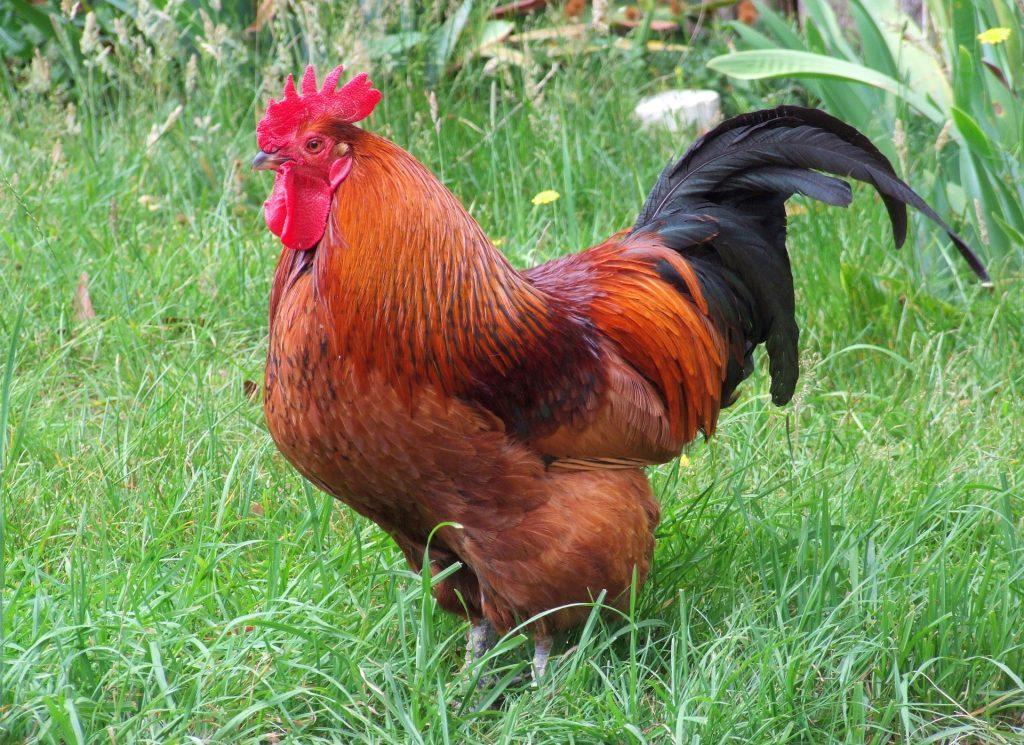In layer production and management, some practices are very important to manage available resources and increase yield.
The most important thing to poultry farmers in commercial layers production is egg production.
To increase your birds’ egg production, the following practices should be well carried out.
Lighting
Light is an important requirement for layers because adequate lighting will enhance their feed intake.
It has also been proved that the provision of sufficient lighting periods can increase egg production.
Layer chickens need about 16 hours of light per day to keep laying and for effective performance.
An inadequate lighting period per day can induce molting in layers or a drop in egg production depending on its seriousness.
This is how light affects egg production, therefore, lighting programs should be taken seriously.
You can just get some led light bulbs for your laying hens.
You should also not leave the light on round the clock as chickens will most not likely sleep.
From 8 weeks of age to point of lay, pullets should be left in complete darkness during the nights.
This is to prevent them from starting to lay too soon before they are physically mature, which is usually the cause of losses from prolapsed oviducts.
Provision of Nests
When chickens are reared on deep litter, laying nests should be provided at least two weeks before they start laying to prevent floor laying.
They could be laden with wood shavings to protect against egg breakage.
Shredded leaves, sand, pine, cedar shavings or grass clippings, straw, and hay can be used.
Make their nests comfortable and attractive; In fact, chickens need good nesting boxes with good beddings.
5 cell nests of two tiers can serve 80-layer chickens comfortably.
Just make the right number of nest boxes, provide adequate roosting spots, and train your chickens with a nest egg.
Collection of Eggs
When your layer chickens are at 5 months, they will start laying eggs.
Some high rated chicken breeds for eggs like Plymouth Rock, Cinnamon Queen, or Rhode Island Red can start laying at 4 months old.
In commercial layers egg production, a poultry farmer should collect the eggs frequently, at least three times a day.
Visit your farm to pick eggs in the morning, afternoon, and evening.
Depending on the size of the farm and workers, a very big poultry farm may require you to collect eggs up to 5 times a day.
It takes about 26 hours for an egg to mature, and your birds will likely lay one egg per day and 5 to 7 weekly.
You must make your layer poultry farm design meet good standards to help in picking eggs.
The time the birds lay eggs mostly is in the morning and a few others in the evening.
All eggs should be collected in egg trays and stored in a cool place.
Beak Trimming
Debeaking is an important poultry management practice because overgrown chicken beaks can cause problems like egg eating and cannibalism.
These can result in a huge loss for farmers, therefore, beak trimming should be done at the right time with proper debeaking equipment and technique.
It is very important to reduce the incidence of egg eating or cannibalism in the flock, especially in overcrowded starving flocks of feed with low minerals and low protein contents.
Beak trimming is done to also reduce feather pulling and lower mortality.
Debeaking should be done in the cooler hours of the day and not when the birds are under stress.
The best time to debeak is between 6 to 10 weeks of age. if done earlier, there is a tendency for regrowth.
If the hens are debeaked later than 16 weeks, it affects their growth and production.
Give birds vitamin k in water two days before and two days after debeaking exercise.
Fill the feeders with enough feed to the brim to avoid further injuries when their beak touches the base of the feeder.
Feed Restrictions
Feed restriction is a process whereby pullets are systematically denied feeds to change the feeding schedule and reduce metabolic processes and growth.
The purpose of this practice is to ensure that they don’t put on too much fat before they come to lay since excessive fat deposits can reduce the number of eggs that can be laid.
For chickens that don’t lay eggs, feed restriction can be exercised to prevent metabolic diseases such as ascites, lameness, and others.
Feed restriction should be done when layers are at 12 weeks of age.
The best method of feed restriction is the Once-a-day feeding method while skipping a day method may be detrimental to the birds as it can lead to hunger-induced cannibalism.
Molting
Molting is a process whereby birds shed their feathers and grow new ones. It usually takes between two to three months before they grow new feathers fully.
Molting has been linked with laying cycles in birds, particularly those that have laid for over one year.
During molting, birds take a rest as they build up their body system and require more nutrients from their reserves in growing new feathers.
It does not necessary that all the layers will melt at the same time so don’t get worried unless there’s a health issue.
It is important to know that stressful conditions can forcefully induce molting, therefore avoiding stress in laying birds.
It can be initiated by a decrease in daylight, a cutback in the lighting period, and a lack of feed or water.
Culling
Culling is the removal of unproductive birds from a flock. The reason for culling in poultry production is to be able to manage resources and maximize profit.
One of the advantages of culling is that it enhances flock performance since time and resources especially feed and medications are not wasted on unreproductive layers.
There are two types of culling – selective culling if most birds are at a young age and productive or massive culling.








